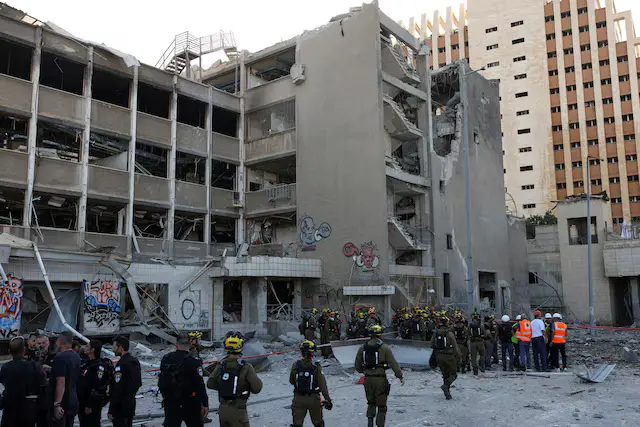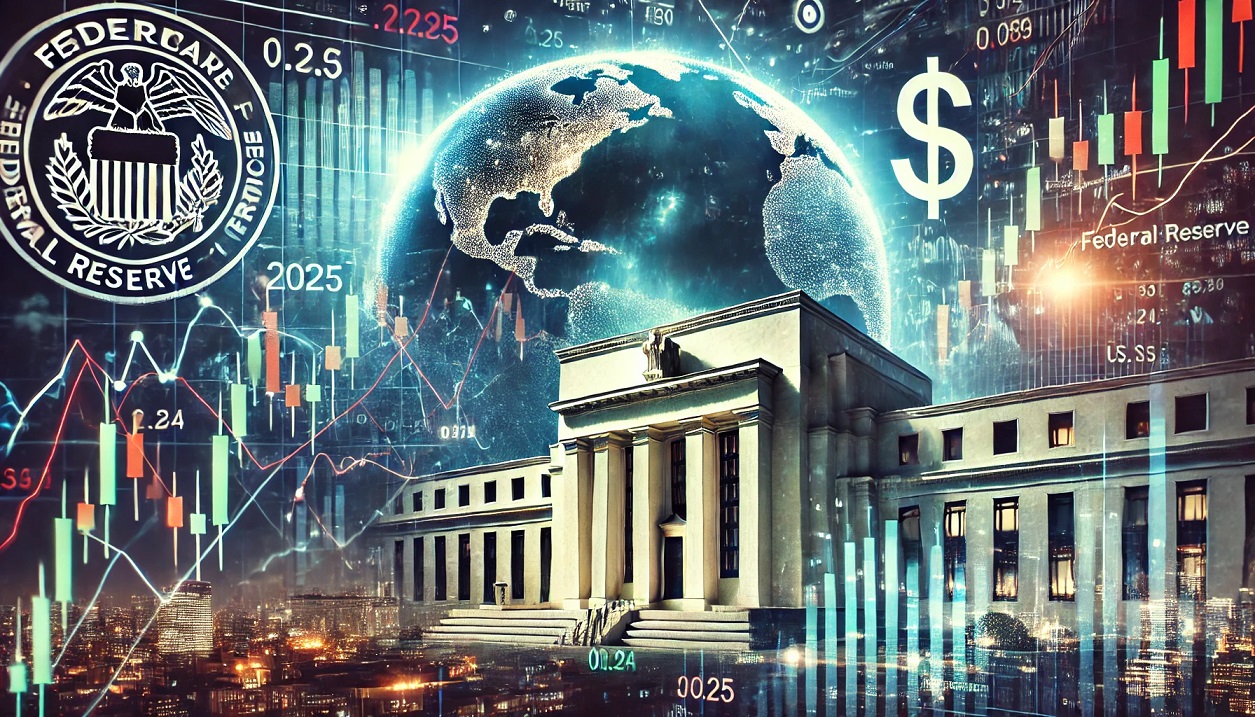Rising tensions between Israel and Iran have intensified investor caution as markets weigh the risk of armed escalation. With crude oil prices already up nearly 20% this month and the Strait of Hormuz at the center of supply concerns, analysts warn of inflationary aftershocks and disrupted global trade if conflict erupts.
The global financial community is on edge as rising tensions between Israel and Iran elevate fears of military escalation, oil supply disruption, and macroeconomic instability. With investor sentiment fluctuating daily, market participants are now pricing in a range of worst-case scenarios, from brief tactical conflicts to full-scale regional engagement involving the Strait of Hormuz, a critical artery for global oil transport.
🌍 Flashpoint in the Middle East: The Israel–Iran Escalation
Mid-June witnessed a dangerous upswing in regional hostility. Israel launched preemptive strikes against suspected Iranian military sites, prompting a retaliatory missile response from Tehran. The rapid escalation shocked commodity and currency markets, sending Brent crude prices surging nearly 18% over two weeks. With oil hovering near $77 per barrel, analysts fear the next phase could see prices explode beyond $100, especially if the Strait of Hormuz becomes compromised.
At the center of investor worry is the possibility of U.S. military involvement, which remains a wild card. While diplomatic backchannels continue to operate, White House statements have kept options open, adding to market anxiety.
🛢️ Oil Markets Respond With Sharp Volatility
Energy markets are already pricing in supply risks. Brent and WTI futures are experiencing steep contango structures, as traders brace for potential delivery disruptions in the second half of 2025. Market strategists estimate that a temporary closure of the Strait of Hormuz could result in up to 20% of global oil supply being blocked, creating an immediate shock to both energy prices and inflation expectations.
The possibility of a long-term conflict would likely force major importers like China and India to seek alternative shipping routes or draw on strategic reserves. For countries reliant on Middle East oil—especially those without domestic production—the economic consequences could be severe.
📉 Equity Markets: Stable but Fragile
Equity markets have so far shown unexpected resilience. The S&P 500 and NASDAQ Composite are holding within tight trading ranges, buoyed by strong tech earnings and hopes that the conflict will remain contained. However, volatility indices like the VIX have spiked modestly, reflecting the increased risk premium.
Institutional investors are shifting allocations toward defensive sectors such as utilities, energy, and consumer staples, while reducing exposure to highly leveraged growth plays. If tensions escalate further, analysts expect a correction of up to 15% across global indices, particularly in emerging markets.
💵 Currency Shifts and Safe-Haven Demand
The U.S. dollar has strengthened as investors seek shelter in traditional safe havens. Simultaneously, gold is approaching multi-year highs, driven by both inflation concerns and geopolitical instability. Treasury yields have dipped slightly, indicating a modest flight to quality, but future moves will depend heavily on the tone of central bank guidance.
Meanwhile, emerging market currencies with oil exposure—such as the Indian Rupee and Turkish Lira—are under pressure due to their countries’ reliance on fuel imports. Capital outflows from high-yield sovereign bonds are also beginning to accelerate.
📊 Worst-Case Scenarios Being Modeled by Analysts
Scenario One: Limited Conflict, Short-Term Volatility
Markets stabilize after a brief military skirmish. Oil prices spike to $90–$95 but return to baseline within weeks. Inflation ticks up slightly but central banks maintain current policy trajectories.
Scenario Two: Hormuz Closure for 2–3 Weeks
Brent crude spikes past $120 per barrel. Inflation surges globally. Interest-rate cuts are paused. Equity markets fall 10%–15%. GDP growth forecasts for 2025 are revised down.
Scenario Three: U.S. and Iran Enter Direct Conflict
Energy prices exceed $130, commodity markets go haywire, and investor panic spreads. Central banks shift from tightening to emergency stabilization. Equity markets enter bear territory. Treasury yields drop below 3.5% due to a flight to safety.
🔍 Investor Reactions: Flight to Quality and Tactical Positioning
Professional asset managers are trimming risk, reallocating toward gold, oil equities, and U.S. Treasuries. In portfolios, energy sector ETFs are attracting inflows, along with defense-related stocks and utility names.
Retail investors are being advised to avoid panic selling and instead focus on quality companies with strong balance sheets, consistent cash flows, and low geopolitical exposure. For those with a long-term horizon, market volatility may offer discounted entry points into sectors with durable earnings.
🧠 Tips for Investors Navigating Geopolitical Uncertainty
Focus on sectors that benefit from volatility: energy, gold, defense, and essential consumer services. These tend to outperform when macro risk rises.
Maintain a core allocation in safe assets like U.S. Treasuries or high-grade corporate bonds.
Avoid overexposure to markets dependent on imported energy, particularly if oil spikes continue.
Watch central bank language closely. A hawkish shift in tone may indicate policymakers expect inflation from oil to override economic slowdown concerns.
Stay flexible. Markets are emotional during geopolitical shocks. Price moves often exaggerate reality, so portfolio rebalancing should be grounded in data, not fear.
📌 Final Thoughts: Markets on Edge, But Not Broken
While the Middle East conflict remains highly fluid, the markets are not yet pricing in the worst-case scenario. Current movements suggest a wait-and-watch approach with hedging activity rather than panic. However, should the situation deteriorate—especially with a direct U.S.–Iran military clash—global markets will likely enter a new phase of volatility.

















Comments 0